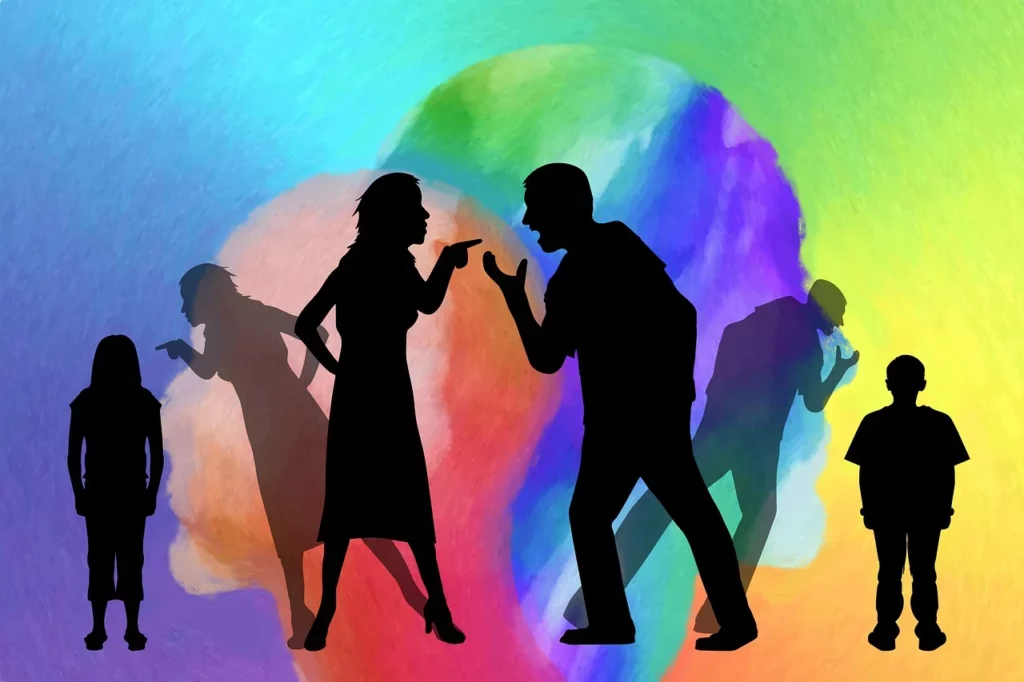CONTEMPORARY SOCIAL PROBLEMS
According to R. Lenoir, the notion of social problem historically refers to two main conceptions: “The first covers fairly well the field dealt with by “social assistance” (the poor, “social” cases, the marginalized, etc.), “social security” (life outside work, in particular, family life and that of the elderly, etc.), in short, problems with which “social” workers (“social” assistants, specialized educators, etc.) are professionally confronted. ) and which “social” policies and laws aim to resolve. The second meaning comes from another meaning that this term already had in the 19th century: close to that of “socialism”, “social question” or “social inquiry” (1989: 57)
For Merton and Nisbet (1961: 700), a social problem consists of a gap between what is and what people think should be (or between current conditions and social values and norms), which is considered correctable. The same perspective is asserted by N. Cohen et al (1964), to whom social problems appear as value problems that can be identified in the light of what a society considers to be right or wrong. According to them, a social problem must be analyzed in relation to the value systems to which individuals and social groups adhere.

Durocher specifies that “social problems must be distinguished from other problems by the close relationship that these problems have with the institutional and normative contexts of a society; a social fact is said to be a problem in the sense that it represents an interruption, a break in the order of things conceived as normal and valid by a society” (1965: 160). They are problems in the sense that they represent breaks in the accepted or desired ‘daily routine’; violations of the ‘good’ or ‘proper’ as society defines these qualities; dislocations in the social patterns and relationships that society prefers” (1966: 19).
A number of authors such as Horton and Leslie (1971), Manis (1974a), Laskin (1965), Lalonde (1976: 43) and Beaudoin (1987: 16) specify some of the dimensions that serve as a basis for identifying a social problem: a problem exists when a large number of people are affected by a given situation, when that situation is deemed intolerable, and when people are aware of the need for collective action. In this sense, “no situation, no matter how dramatic it may be, no matter how offensive it may be to others, is a social problem unless the values of a considerable number of people define it as a problem.
With reference to the above definitions, SOHEDEO-Amahoro Iwacu will identify, in addition to existing social problems in the intervention areas such as unemployment and teenage pregnancy among youth, child stunting, family conflicts, etc., new problems that may arise in order to provide preventive measures and responses.
